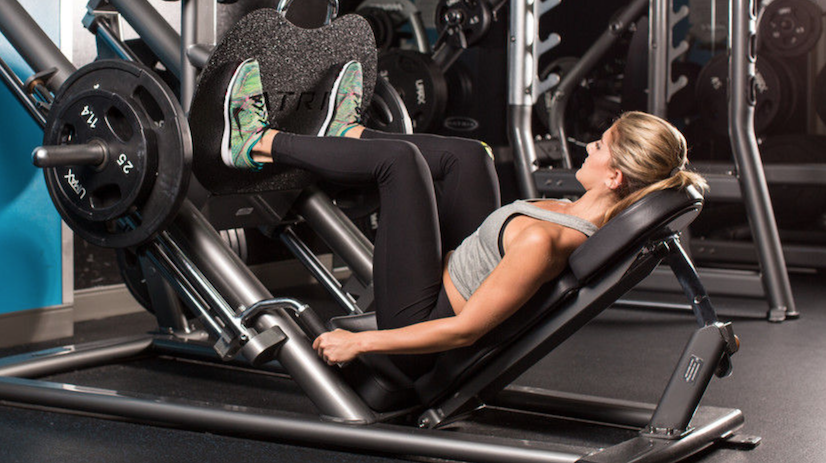I always emphasize that resistance training (weight lifting) is one of the most important components of an exercise program, as it helps in the maintenance of a healthy body composition. An ideal body composition is one that encompasses a high percentage of lean mass (muscle and bone) and a low percentage of fat mass relative to overall body weight.
Unfortunately, many people tend to avoid weight lifting for a fear of “bulking up” or “getting bigger”. If this is a concern, follow these simple tips to avoid such effects.
Related Article: The Body Mass Index Versus Body Composition
Moderate Your Training Loads and Repetitions
Lifting weights with low loads and a high number of repetitions is a great way to build muscle mass and definition without gaining bulk. As implied by the name, repetitions (or reps) are the number of times you repeat an exercise with a given load (or weight). When training with low loads and a high number of repetitions, it’s best to perform one or multiple sets of 12-20 (or more) repetitions of a variety of exercises that target your body’s major muscle groups.
It’s important to understand that lifting with low loads doesn’t mean that your workouts should be ‘easy’. For maximum results, the amount of weight you lift should fatigue your muscles within your planned number of repetitions. For example, if you plan to perform 20 repetitions, your muscles should start to fatigue somewhere between 18 and 20. In other words, 18 should feel like you can’t make it to 20 but light enough for you to get there.
Related Article: How To Determine Loads, Repetitions and Sets During Weight Training
Choose Your Sources of ‘Resistance’ Wisely
There are many types of resistance you can use during weight lifting including machines, dumbbells, kettlebells, rubber tubing and even your own body weight. All of these forms of resistance can be easily manipulated with lower loads to influence the level of bulk you gain. Now, if you are new to weight training, machines are a godsend because they guide your body through the desired range of motion and don’t require much coordination.
However, the other types (free weights, kettlebells are rubber tubing) are much more versatile allowing you to perform more dynamic exercises that work a variety of muscle groups simultaneously. For example, you can perform squats with a shoulder press, front lunges with biceps curls, or side lunges with lateral raises. Using your body weight is another convenient option for resistance training. From pushups to dips to planks, your options here are endless!
Related Article: Tone Up in 10 Minutes at Home
Be Mindful of What and How You’re Eating
When coupled with weight lifting, increased calorie consumption can lead to unwanted increases in muscle size. On the flip side, extreme reductions in caloric intake will lead to an increased breakdown of protein housed in muscle, which can greatly compromise muscle mass. Given this ‘paradox’ it’s extremely important to be conscious of what and how you’re eating if you don’t want to “get bigger”.
If you’re training to build muscle mass and definition without the bulk, incorporate a calorie-balanced diet that’s rich in nutrient-dense foods. Such foods include all-natural carbohydrates (vegetables, beans, nuts and seeds, fresh fruits, and whole grains), high-quality protein (low-fat dairy or non-dairy substitutes, fish, lean poultry, and moderate amounts of lean meat), and healthy fats (nuts and seeds, avocado, and olive oil).
Related Article: A Simple Guide to Eating Sensibly
Let me point out that if you’re a woman, you really shouldn’t be too concerned about bulking up with weight lifting. The male hormone testosterone is responsible for the development of large muscles and, luckily, women are genetically incapable of bulking up without supplementation (synthetic testosterone boosters). Still, whether you’re a woman or a man who doesn’t wish to bulk up, following these tips will ensure that you get the results you want with weight lifting.







